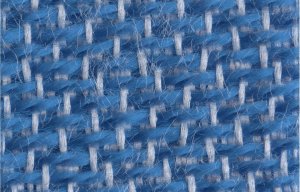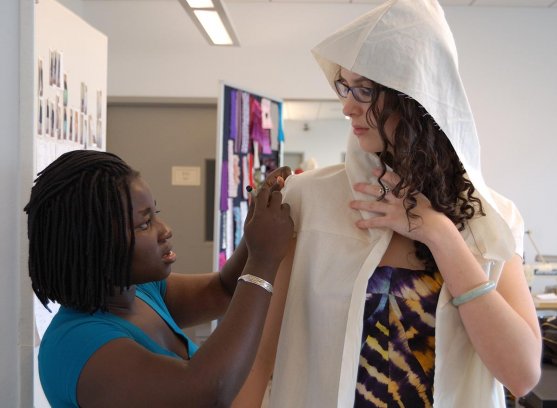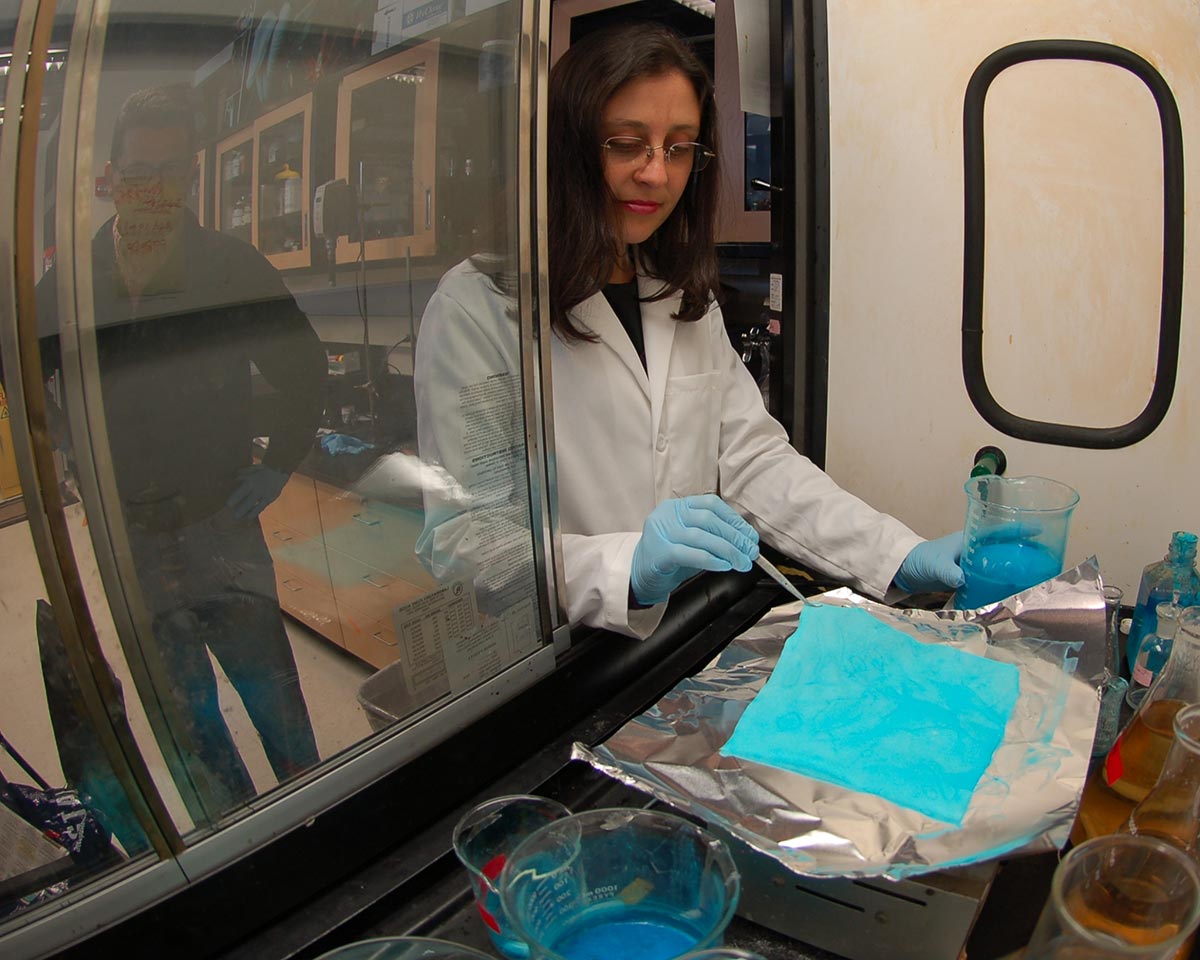
Digital technology weaves its way into custom design
Taking advantage of cotton’s irregular topography, conformal coatings of gold nanoparticles were added to tailor the behaviour of natural cotton fibres.

13th July 2015
Innovation in Textiles
|
Ithaca, NY
A team of researchers at the Cornell University, based in Ithaca, NY, says it is capable of creating clothing from cotton that kills bacteria, conducts electricity, wards off malaria, captures harmful gas and weaves transistors into shirts and dresses.
“Cotton is one of the most fascinating – and misunderstood materials,” said Juan Hinestroza, Associate Professor of Fibre Science, who directs the Textiles Nanotechnology Laboratory at Cornell. “In a nanoscale world – and that is our world – we can control cellulose-based materials one atom at a time.”
The group of students, led by Prof Hinestroza, has turned cotton fibres into electronic components, such as transistors and thermistors, so instead of adding electronics to fabrics, he converts the fabric into an electronic component.
“Creating transistors and other components using cotton fibres brings a new perspective to the seamless integration of electronics and textiles, enabling the creation of unique wearable electronic devices,” Hinestroza said.
Taking advantage of cotton’s irregular topography, Prof Hinestroza and his students added conformal coatings of gold nanoparticles, as well as semiconductive and conductive polymers to tailor the behaviour of natural cotton fibres.
“The layers were so thin that the flexibility of the cotton fibres is always preserved,” explained Prof Hinestroza. “Fibres are everywhere from your underwear, pyjamas, toothbrushes, tires, shoes, car seats, air filtration systems and even your clothes.”
Abbey Liebman created a dress using conductive cotton threads capable of charging an iPhone. With ultrathin solar panels for trim and a USB charger tucked into the waist, the Southwest-inspired garment captured enough sunshine to charge cell phones and other handheld devices – allowing the wearer to stay plugged in, the University reports.

The technology may also be embedded into shirts to measure heart rate or analyze sweat, sewn into pillows to monitor brain signals or applied to interactive textiles with heating and cooling capabilities.
“Previous technologies have achieved similar functionalities, but those fibres became rigid or heavy, unlike our yarns, which are friendly to further processing, such as weaving, sewing and knitting,” explained Prof Hinestroza.
Synthesizing nanoparticles and attaching them to cotton not only creates colour on fibre surfaces without the use of dyes, but allows the new surfaces efficiently kill 99.9% of bacteria, which could help in warding colds, flu and other diseases, according to the team of researchers.
Two of Hinestroza’s students created a hooded bodysuit embedded with insecticides – using metal organic framework molecules, or MOFs – to fend off malarial mosquitoes. Other students have used MOFs to create a mask and hood capable of trapping toxic gases in a selective manner. MOFs, which are clustered crystalline compounds, can be manipulated at the nano level to build nanoscale cages that are the exact same size as the gas they are trying to capture.
“We want to transform traditional natural fibres into true engineering materials that are multifunctional and that can be customized to any demand,” said Hinestroza. “We are chemists, we are material scientists, we are designers, we want to create materials that will perform many functions, yet remain as flexible and as comfortable as a t-shirt or an old pair of jeans.”

Business intelligence for the fibre, textiles and apparel industries: technologies, innovations, markets, investments, trade policy, sourcing, strategy...
Find out more